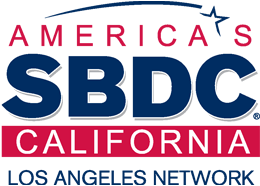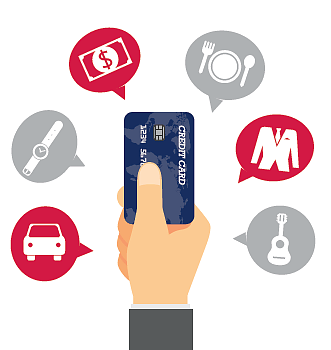According to data from the Nilson Report and used in a graphic by First Data Corp., credit card losses due to fraud in the United States are expected to reach more than $10 billion in 2015. According to another study on EMV Preparedness by American Express conducted in October 2014, 2% of small merchants surveyed then reported, “that they feel they are at higher risk for payment card fraud than larger businesses, with nearly half of those small merchants citing a lack of money to invest in fraud prevention or a lack of access to experts who can assist them as the biggest reasons why.” Another important finding from the American Express survey showed that of the 500 small merchants surveyed, 57% cited the cost of terminals as the main reason. Although cost is top of mind for smaller merchants, review the following additional points when switching to EMV.
1. Review EMV: EMV stands for Europay, MasterCard and Visa – the chips are a global credit card standard that improve the security of in-person card transactions. EMV technology allows cardholder data to be stored in a chip which during every transaction, generates a new code for that transaction, rather than storing that static data on a magnetic stripe that can be used again and again. When using the new technology, the new chip card is inserted or “dipped” into an EMV ready terminal much like an ATM. Note that EMV is not a mandate, it is a decision for merchants to freely make based on risk. More here on an EMV101 webinar from EMV migration forum.
2. Review where the Liability Lies: On October 1st the U.S. began its shift away from magnetic stripe cards to microchipenabled credit cards, which still allow customers to sign for payments. In addition to the microchip change, came a “shift of liability.” As noted in a Wall Street Journal ‘s interview with Mastercard’s EMV expert, Carolyn Balfany, “Whenever card fraud happens, we need to determine who is liable for the costs. What…change[s] is that if there is an incidence of card fraud, whichever party has the lesser technology will bear the liability. So, if a merchant is still using the old system, they can still run a transaction with a swipe and a signature. But they will be liable for any fraudulent transactions if the customer has a chip card. And the same goes the other way – if the merchant has a new terminal, but the bank hasn’t issued a chip and PIN card to the customer, the bank would be liable.”
3. Your Market: Cost, coordination or management aside here are a few questions to ask when considering making the switch to EMV: Do you accept electronic payments from international shoppers? Do you sell luxury or high priced items that are “desirable” or easily exposed to fraudulent activity? Could this be an opportunity to create a perception of more secure transactions among your customers? If you answered “yes” to any of these questions, click here for an EMV readiness guide from Bank of America for why it may be the right time to switch.
4. Costs and Planning: Speak with your merchant services provider about what you may need to upgrade, including any equipment requirements, software upgrades or recommended testing efforts. Consider the other areas of your business this may affect including IT, marketing, finance, or your operations personnel. Include the appropriate personnel in your planning process, review the costs of upgrading, check incentive programs offered by different merchants, and create a budget for the roll out as well as a timeline to switch to the new payment processing system. Check out the VISA EMV Chip Acceptance Readiness Guide.
5. Future Plans: As you evaluate your current service providers and software, also consider whether the time is right to make other adjustments that could add value to your business including: switching to a different merchant services provider, using contactless terminals, creating a loyalty program or adding risk management solutions.
6. Merchant Incentives and Resources:
a. American Express – Merchant Education, $100 Reward Card and more.
b. Visa – Training, Toolkits, and more.
c. MasterCard – Resources and Training.
See each merchant for details. Some restrictions may apply.
7. Training: Keep employees informed of card handling changes, potential customer questions including pins vs. signatures and any applicable changes to your policies. Review changes to the chargeback, returns, and cancellation processes. Consider assigning one of your employees as a go-to person for managing questions from employees or customers or even creating instructions for unattended terminals to help your shoppers through the transaction.
8. Testing: When integrating the new technology consider: whether new equipment works as intended, if transactions processed correctly, if training was effective for your employees, if customer experiences or perceptions changed and if overall store performance changed. If you have multiple locations, consider one site for piloting the new roll out. Then, make modifications to your process as necessary and communicate appropriate changes to employees.
9. Increasing Security for Online Transactions: Since the new EMV chipcards aim to limit fraudulent credit card activity in-stores, another consideration to keep in mind is the security of online transactions for your customers. As the liability for online transactions still largely lies with the retailer, consider requiring additional authentication for credit cards online, enforcing fraud detection and/or using scoring services.
10. Leverage SBDC Expertise: Our SBDC advisors are here to help your business plan for your migration to EMV. We can help you define your objectives, estimate costs, consider the implications for your business, connect you with the appropriate resources, and more. Click here for the location nearest you or contact us at 1-866-588-SBDC.






